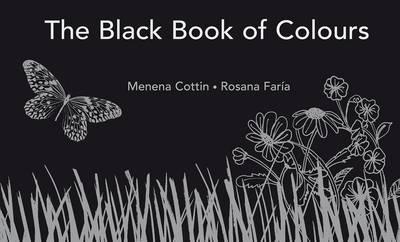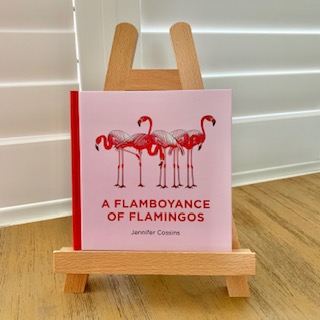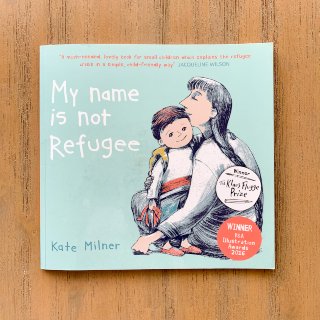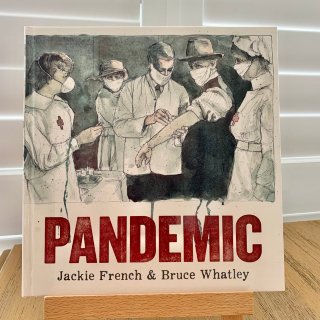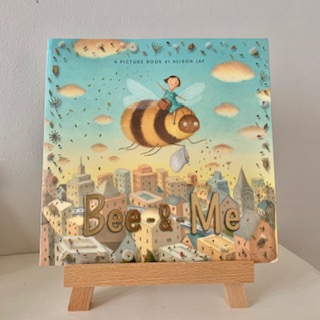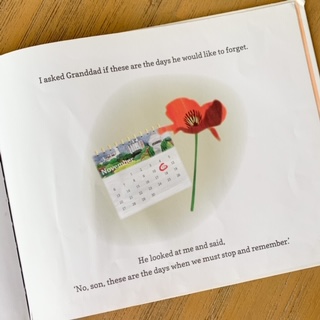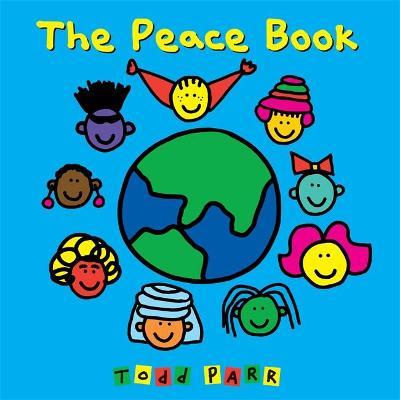The Black Book of Colours
Free lesson plan, writing template and printable word-search puzzles for kids
Best suited to:
K – Year 6
KLAs covered:
English (adjectives, metaphor, similes), PDH (empathy), science (senses)
Learning:
- how do our senses give us information?;
- how might it feel to be blind?
- how do you understand and describe colours if you have never seen them with your eyes?
Need to know:
- a poetic text about a little boy who is blind;
- the boy describes colours in terms of how each colour feels, tastes, smells and sounds when he interacts with things of that colour;
- the text is also written in Braille on each page;
- the illustrations are in black against a black background, raised like Braille text;
- there is a Braille alphabet in the back of the book;
- the texts features lots of similes to describe colours;
Discussion Questions (before reading):
- what do you think this book will be about? What do you see that makes you think that?
- what do you think the title means?
- tell the children that this is a book about a little boy called Thomas who is blind;
- what does it mean to be blind?
- how do blind people figure out what something is like? (they use touch and other senses);
- if you were blind, how would you know what colours were? How would you know what red looked like?
- how would you read a book if you were blind?
While reading:
Discussion Questions (after reading):
- how does Thomas understand colours?
- how does he describe colours? (uses his other senses);
- how does he know a baby chick is yellow and that watermelon is red? (someone tells him and he links that information with the information his senses give him about the baby chick and about watermelon to figure out what the words ‘yellow’ and ‘red’ mean for him);
Activities
Years K-6
- have each child choose a small object to hold in their hand. They shouldn’t show their object to anyone else;
- children work in pairs to describe their object to their partner who has their eyes blindfolded or closed;
- the child who is ‘blind’ is then invited to touch and hold the object;
- could the child who was ‘blind’ guess what the object was from their partner’s description? Did touching the object help them work out what it was?
Creative Writing: K-Year 1
Model this activity on the classroom’s whiteboard first:
- children think about something they like to touch, taste or smell and identify its colour;
- they draw a picture of the object, person or animal;
- they write a sentence using the format:
Gold feels like my dog’s (soft) ears.
Brown tastes like (melting) chocolate.
Purple smells like flowers (in my grandma’s garden); - Encourage stronger writers to use adjectives and more descriptive elements;
Creative Writing: Years 2-6
Children write and illustrate a poem, using a similar format to the pages in the book:
- this activity can be done as a whole class, in small groups or as an independent activity;
- you can model it first as a whole-class activity on the IWB and then get children to do their own writing;
- planning sheets and a writing template are provided for children who need extra support;
- children pick a colour and brainstorm things that are typically this colour;
- children think about and discuss how each of these things feels, smells, tastes and sounds, using adjectives and comparisons;
- children write and illustrate their own page, using the format and language structure used in the book;
See examples of how to use the planning templates here.
See examples of the finished activity done by a Year 2 class here.
Other Learning Ideas: K-Year 6
Learning about Louis Braille:
K – Year 1
- remind children that you can’t read a normal book if you cannot see;
- tell children a French man called Louis Braille invented a system of writing that would allow blind people to read and write using their fingers and their sense of touch;
- tell children Louis Braille became blind after he had an accident as a child and that this made him want to invent a way for blind people to read and write;
- show children images on IWB of Louis Braille, his alphabet and child reading a Braille book and discuss as a class;
- children can write a sentence or two about Louis Braille and his invention;
Years 2 – 3
- remind children that you can’t read a normal book if you cannot see;
- tell children a French man called Louis Braille invented a system of writing that would allow blind people to read and write using their fingers and their sense of touch;
- tell children that Louis Braille became blind after he had an accident as a child and that this made him want to invent a way for blind people to read and write;
- show children images on IWB of Louis Braille, his alphabet and child reading a Braille book and discuss as a class;
- photocopy the Braille alphabet and give a copy to each child/pair/group. Also provide a few flashcards (paper or card) to each child;
- children experiment with writing their names in Braille;
- children write words in Braille on the flashcards and write the word in standard text on the back;
- children work in pairs to decode their partner’s Braille;
Years 4 – 6
- remind children that you can’t read a normal book if you cannot see;
- ask children if they know how blind people read (a French man called Louis Braille invented a system of writing that would allow blind people to read and write using their fingers and their sense of touch);
- show children images on IWB of Louis Braille, his alphabet and child reading a Braille book and discuss as a class;
- photocopy the Braille alphabet and give a copy to each child/pair/group. Also provide a few flashcards (paper or card) to each child;
- children experiment with writing their names in Braille;
- children write words in Braille on the flashcards and write the word in standard text on the back;
- children work in pairs to decode their partner’s Braille;
Students research Louis Braille and write a biography:
- teach or revise the main features of a biography;
- children use the internet to research information about Louis Braille;
- children take notes using the graphic organiser below;
- children write a biography using their notes;
Websites for Research
https://www.hwns.com.au/about-us/blog/7-surprising-facts-about-louis-braille/
https://www.britannica.com/biography/Louis-Braille
Your free, printable word-search puzzles and writing template
These free, printable word-search puzzles for kids are great for building and reinforcing the vocabulary used when discussing The Black Book of Colours. They’re especially helpful for EAL/D students.
There are three different puzzles in this file to enable you to differentiate the activity according to the learning needs of your students.
Download and print our free writing template for use with the picture book The Black Book of Colours here (PDF).

